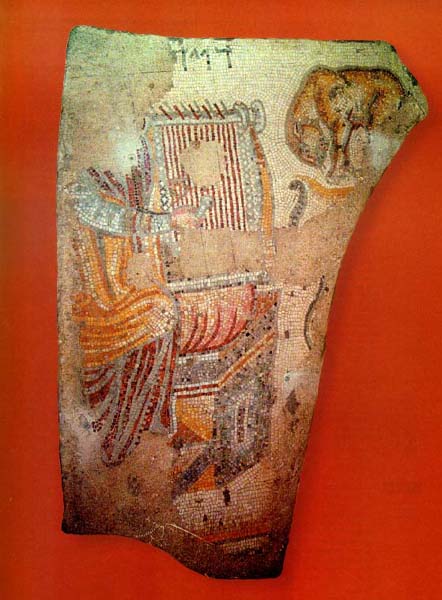
Archaeologists uncover the past; museums make it accessible to the public. The restorer’s job lies in between, turning fragmentary remains into pieces that modern viewers can appreciate and understand. In the case of a sixth-century A.D. synagogue mosaic from Gaza, restoration work was aided by advanced computer technology to reproduce an image of King David that was thought to be forever lost.
The mosaic first became known to archaeologists in 1966, when the Italian journal Orientalia reported the discovery of an ancient church on the Gaza coast by the Egyptian Department of Antiquities. Within the church was a mosaic floor, described as depicting a figure of a female saint playing the harp and charming wild animals.1 Two pictures of the mosaic were included in the article.

When Hebrew University Professor Michael Avi-Yonah read this report, he immediately saw in the photos of the mosaic a Hebrew inscription that clearly read “David” (
Already a library member? Log in here.
Institution user? Log in with your IP address.

